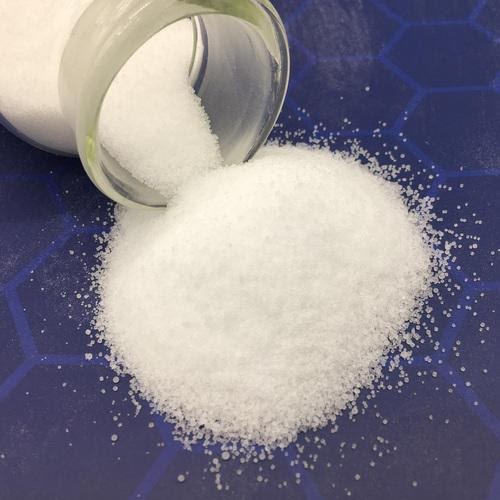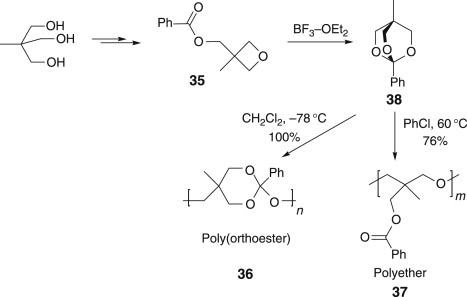Handbook: Cationic Polymer Polyacrylamide
The cationic polymer Polyacrylamide has a wide range of industrial applications in the modern world. If you are planning to buy this polymer, spare some moments to read this guide. You will learn the dos and don’ts of cationic polymer.

Cationic polymer Polyacrylamide definition?
A cationic polymer is a polymer that carries cations. These cations are positively charged ions. The cationic character of a substance is determined by the number and charge of its cations. This means that cationic polymers have cations with a positive charge.
Cationic polymers are created in different forms, and the cation type determines the classification of cationic polymer. Cationic polymers can usually be classified into:
Basic cationic polymer Polyacrylamide characteristics
- Most cations are synthetic; however, some cations known as natural cations are derived from living organisms. Some types include: calcium (Cd+), copper(II), chromium(III) and aluminum(III).
- The cation is often a metal cation that may contain more than one metal ion. It has been proven by research that cationic polymers can carry two metals ions with equal proportion which gives cationic polymer versatility, easy modification, and a wide range of applications.
- Capping agents: cations have low solubility in water and therefore some chemical compounds are added to increase their solubility in water for ease of processing (or even increase the speed at which they dissolve). These are called Capping Agents or Precipitating Agents.
The following capping agents can be used for the cationic polymer; sodium acetate, sodium caprylate/caprate, calcium chloride, zinc chloride, and copper sulfate.
- Cationic polymers Polyacrylamide can be covalently attached to a variety of surfaces such as glass, polystyrene, silica, and nylon. The cationic polymer is often used in the manufacturing of agricultural products, textiles (including clothing), and paper for their cation activities and effectiveness in water treatment.
Cations are carried on the polymer due to electrostatic interactions between cations and anionic groups. Anionic groups may be primary or secondary which carries a net negative charge (-) in solution.
How do cationic polymers Polyacrylamide work?
The cationic polymer MSDS work by first covalently bonding to their substrate (glass, silica) cationic polymer cations have a greater affinity for anionic groups. For glass surfaces, the cation is attracted to the covalently bonded anion of –O- on the glass surface.
The cationic polymer will then bind to this electrode and initiate a layer of self-assembled monomers around it. This forms a hard coating, water repellent, hydrophobic, and chemically stable.
Cations are added to make materials more durable and form protective coatings or films that extend performance in many areas.
These include protection from acids, corrosion resistance, and chemical resistance; additives for paint pigmentation and cationic polymer as cation for cleaning. Cationic polymers are used in the production of food packaging, pharmaceutical drugs, and even cosmetics.
What is Cationic polymer polymerization?

This is a covalent polymerization reaction involving cationic monomers (electron-rich cations). The cation acts as a nucleophile attacking the carbon on the electrophile. To initiate cationic polymerization, cationic initiators are used (almost always) which have two sites – one that will bind to cation/ion and another that will create radicals.
Cations can be anions or neutral molecules. Radical cations (Ca+ ↑ or [C 5 H 11 CH 3 ][ ]) are not only common but also most useful in synthesizing macromolecules consisting of well-defined blocks of polymers such as dendrimers.
Cationic living radical polymerizations have been practiced for cationic polymer synthesis. A cationic initiator will undergo cation exchange with another cation such as cations of the monomer.
Advantages of cationic polymer Polyacrylamide
* The cations bind to various surfaces such as glass, metal, or silica making them water repellent, hydrophobic, and chemically stable.
* Cationic polymers are often used in the manufacture of industrial products like agricultural products, textiles (including clothing) paper, and potting mixes which have a cation activity and effectiveness in water treatment.
* Capped cations can self-assemble on an electrode surface creating hard protective coatings, solvent resistant (solvent-tolerant), water-repellent, hydrophobic, and chemically stable.
The cations that have a high affinity for anionic groups will bind to electrical conductors (steel) to increase their resistance against acidic environments.
Cationic polymer Polyacrylamide applications/uses:
Pigments & Adhesives: Here cationic polymers are covalently attached to a substrate (glass or metal) and cations are added to make materials more durable. Cationic polymers are used in the production of food packaging, pharmaceutical drugs, and even cosmetics.
* Cationic polymer Polyacrylamide water treatment: Water treatment companies use cationic polymer for cationic polymer flocculation and coagulation of suspended particles for water purification. Cationic polymers are covalently attached to a substrate (glass or metal) cations are added to make materials more durable.
* Water Repellant Paints: Here cationic polymers cations are added to make the paints more durable especially from the effects of water and moisture. Cationic polymers cations control corrosion and inhibit acids from attacking electrical conductors.
* Self-Cleaning Coatings: These are coatings that cationic polymers cations covalently bind to the surface of products like windows, glass doors, and even motor cars. Cationic polymers cations are added to make the coatings more effective by protecting against acids that would normally eat away at the coating otherwise.
* Structural Coatings: Structural coatings are cationic polymers cations covalently bonded to a substrate. The cations are added to make the coatings more effective by protecting against acids that would normally eat away at the coating otherwise.
* Cationic Polymer Flocculant: Here filtration systems use cationic polymer for the treatment of water and wastewater. Cationic polymers cations are covalently bound to the substrate surface and cations are added to make materials more durable (water repellent etc.).
Tips for buying cationic polymer Polyacrylamide?
Would you like to buy cationic polymer for your respective application? It is important to consider various factors.
One of the factors is the quality of the cationic polymer. It should be a cationic polymer with the best quality. The right quality will eventually deliver the best results.
You should also know the type of cationic polymer that you want to buy. As we have seen, there are different types of this polymer. Some applications are strict when it comes to the type of polymer that you should use.
From there, you can find out the cationic polymer price.
Finally, choose the best cationic polymer manufacturer and supplier in China. This is the surest way of getting quality polymer at the right price.
Cationic polymer Polyacrylamide suppliers should deliver the cationic polymer with the best quality and at a fair cationic polymer price.






